Home>Articles>How To Maximize Seating In A Small Living Room
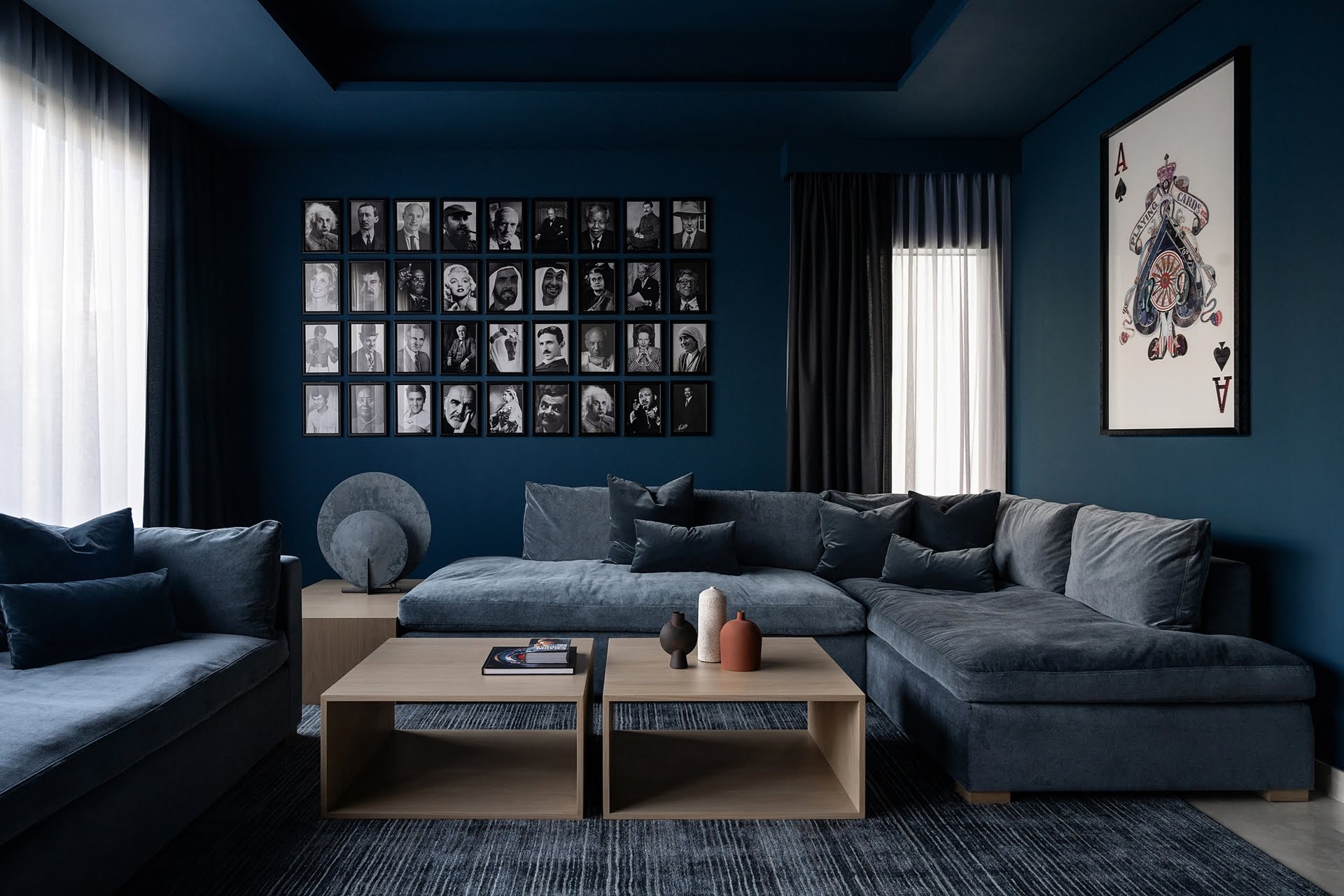

Articles
How To Maximize Seating In A Small Living Room
Modified: October 27, 2024
Discover effective strategies and tips to maximize seating in your small living room with our insightful articles. Transform your space and create a functional and stylish area.
(Many of the links in this article redirect to a specific reviewed product. Your purchase of these products through affiliate links helps to generate commission for Storables.com, at no extra cost. Learn more)
Introduction
Welcome to the ultimate guide on how to maximize seating in a small living room. When you have a small space, it can be challenging to find the right balance between functionality and comfort. However, with a few clever strategies and creative furniture arrangements, you can transform your compact living room into a cozy and inviting place for both entertaining guests and relaxing after a long day.
One of the key aspects to consider when maximizing seating in a small living room is efficient furniture placement. By strategically arranging your furniture, you can make the most of the available space and create a layout that promotes conversation and comfort. Additionally, choosing the right furniture pieces, such as space-saving options and multifunctional designs, can drastically enhance the seating capacity without sacrificing style or functionality.
In this guide, we will explore various techniques and tips to help you optimize your small living room for seating. From arranging furniture for maximum space utilization to incorporating clever storage solutions, we will cover it all. So, let’s dive in and discover how to make the most out of your small living room space!
Key Takeaways:
- Transform your small living room into a cozy and functional space by strategically arranging furniture, choosing space-saving options, and creating a warm and inviting atmosphere through lighting, textiles, and personal touches.
- Maximize seating in your small living room by incorporating multifunctional furniture, arranging seating for socializing, and utilizing vertical space to create a bright, airy, and welcoming environment.
Arranging Furniture for Maximum Seating
When it comes to maximizing seating in a small living room, the way you arrange your furniture plays a crucial role. By following these tips, you can create a layout that optimizes space utilization and ensures comfortable seating for all.
1. Consider the focal point: Start by identifying the focal point of your living room, such as a fireplace, a TV, or a stunning window with a scenic view. Arrange your furniture around this central point to create a cohesive and visually appealing setup.
2. Float furniture: Instead of pushing all your furniture against the walls, try “floating” them in the room. This means pulling sofas and chairs away from the walls and positioning them towards the center. This technique not only creates a more intimate and cozy seating arrangement, but it also allows for better traffic flow.
3. Use versatile seating options: Opt for furniture pieces that can serve multiple purposes. For example, a storage ottoman can be used as a coffee table, extra seating, and a place to store blankets and pillows. Similarly, a sleeper sofa can double as a guest bed when needed.
4. Create distinct seating zones: If your space is large enough, consider creating separate seating zones. This can be done by using rugs, lighting, and furniture placement to define different areas within the room. This allows for more seating options and accommodates different activities.
5. Scale the furniture appropriately: Avoid oversized furniture in a small living room as it can make the space feel cramped and hinder easy movement. Instead, opt for furniture with slim profiles and streamlined designs. Balancing the scale of furniture is essential for a comfortable and visually pleasing seating arrangement.
6. Embrace modular furniture: Modular furniture is a game-changer when it comes to maximizing seating in a small space. These versatile pieces can be rearranged and reconfigured to adapt to different needs. From modular sofas to modular shelving units, these furniture options offer flexibility and functionality.
7. Use movable furniture: Incorporate lightweight and portable furniture pieces that can easily be rearranged as needed. This allows you to adjust the seating layout based on the number of guests or the activities taking place in the room.
Remember, the key to arranging furniture for maximum seating in a small living room is to prioritize functionality and flow. Experiment with different layouts and configurations until you find the one that best suits your space and enhances the overall comfort and aesthetic appeal.
Choosing Space-Saving Furniture
One of the most effective ways to maximize seating in a small living room is by selecting space-saving furniture pieces. These smart and functional designs can help you make the most of your limited space while still providing ample seating options. Here are some ideas for choosing space-saving furniture:
1. Multi-functional sofas: Look for sofas that offer additional storage, such as built-in drawers or compartments under the seats. This allows you to store blankets, pillows, or other items, freeing up valuable space in your living room.
2. Sleeper sofas: A sleeper sofa is a fantastic investment for small living rooms. During the day, it can serve as a comfortable seating option, and at night, it can effortlessly transform into a bed for overnight guests.
3. Nesting tables: Instead of having multiple bulky side tables, opt for nesting tables. These tables can be stacked together when not in use, saving a significant amount of precious floor space. When needed, you can easily separate them and use them as individual tables for drinks or snacks.
4. Wall-mounted furniture: Consider incorporating wall-mounted furniture pieces, such as floating shelves or wall-mounted desks. These not only save floor space but also add a touch of style and functionality to your living room.
5. Folding chairs: Foldable chairs are a great addition to a small living room, as they can be easily tucked away when not in use. Look for collapsible chairs that are lightweight and compact for effortless storage.
6. Stacking stools: Stacking stools provide additional seating options without taking up much space. When not in use, you can stack them together and store them in a corner or a closet.
7. Ottomans with storage: Invest in ottomans that come with hidden storage compartments. These versatile pieces can be used as footrests, extra seating, or even as makeshift coffee tables, while also providing a convenient space to store items.
When choosing space-saving furniture, always consider the scale and proportion of your living room. Avoid cluttering the space with too many pieces, as it can make the room feel cramped. Instead, focus on selecting furniture that is functional, visually appealing, and provides the right amount of seating without overwhelming the space.
Utilizing Multifunctional Pieces
In a small living room, every inch of space counts. That’s why utilizing multifunctional furniture pieces is a smart and practical approach to maximize seating and optimize functionality. These versatile pieces serve multiple purposes, allowing you to make the most of your limited space. Here are some ideas for incorporating multifunctional furniture:
1. Storage ottomans: A storage ottoman is a fantastic multifunctional piece that offers both seating and hidden storage. Use it as a footrest or extra seating, and take advantage of the space inside to store blankets, pillows, or other items.
2. Coffee tables with lift-top or shelves: Consider investing in a coffee table that features a lift-top or built-in shelves. This allows you to not only have a surface for drinks and snacks but also to store books, magazines, or even board games.
3. Convertible dining tables: If your living room also doubles as a dining area, a convertible dining table is a brilliant choice. These tables can be expanded or folded down when needed, saving space when not in use and providing a comfortable dining experience when guests are over.
4. Wall beds: For those who frequently have overnight guests but lack a dedicated guest room, a wall bed is a game-changer. These beds fold up against the wall when not in use, allowing you to free up floor space and transform your living room into a temporary bedroom.
5. Built-in storage units: Consider incorporating built-in storage units along the walls of your living room. These can be custom-designed to fit your specific needs, providing ample storage space for books, media equipment, and other belongings, while also serving as a display area for decorative items.
6. Modular sofas: Modular sofas are a versatile and customizable seating option for small living rooms. These sofas can be rearranged and reconfigured to adapt to different seating needs and room layouts. You can easily add or remove sections to create the perfect seating arrangement for any occasion.
7. Folding desks: If you use your living room as a home office or study area, a folding desk can be a fantastic addition. These compact desks can be folded up against the wall or tucked away when not in use, giving you a dedicated workspace without sacrificing valuable floor space.
When incorporating multifunctional furniture, it’s important to choose pieces that align with your specific needs and the overall style of your living room. A well-planned selection of these pieces not only enhances seating options but also adds functionality and versatility to your space.
Creating a Cozy and Inviting Atmosphere
When maximizing seating in a small living room, it’s not just about the number of seats available but also about creating a warm and welcoming atmosphere. By paying attention to the decor and ambiance, you can transform your compact space into a cozy haven. Here are some tips for creating a cozy and inviting atmosphere in your small living room:
1. Lighting: Good lighting is crucial in setting the mood and ambiance of any room. Opt for a combination of overhead lighting, task lighting, and ambient lighting to create layers of light. Use soft and warm-toned bulbs to add a cozy feel to the space. Consider utilizing floor or table lamps to create a more intimate and inviting atmosphere.
2. Textiles: Incorporate soft and plush textiles to add warmth and comfort to your living room. Choose cozy throw pillows, blankets, and area rugs in fabrics like velvet, faux fur, or knitted textures. These textiles not only enhance the visual appeal of your space but also create a cozy and inviting atmosphere for lounging and relaxing.
3. Colors and Patterns: Select a color palette that promotes relaxation and coziness. Earthy tones, soft neutrals, and warm shades like deep browns, burnt oranges, and smoky grays create a calming and inviting feel. Consider adding pops of color through accent pieces or wall art. Incorporating patterns such as plaids or floral designs can also add visual interest and a sense of coziness to the room.
4. Greenery: Bring a touch of the outdoors inside by introducing houseplants into your living room. Plants not only add beauty and freshness to the space but also contribute to a calming and cozy atmosphere. Choose low-maintenance varieties that thrive indoors, such as peace lilies, snake plants, or pothos. Display them on shelves or in stylish plant stands to add a natural element to your small living room.
5. Personal Touches: Infuse your living room with personal touches that reflect your style and personality. Display cherished photographs, artwork, or sentimental objects that evoke happy memories. Incorporate items that have sentimental value to you, such as family heirlooms or travel souvenirs. These personal touches not only make the space feel cozy and inviting but also make it uniquely yours.
6. Scented Candles or Diffusers: Fragrance plays a significant role in creating a cozy and inviting atmosphere. Use scented candles or diffusers with warm and comforting scents like vanilla, cinnamon, or lavender. The gentle aroma will help create a relaxing and cozy ambiance in your small living room.
7. Texture and Layering: Adding texture and layering elements to your space can instantly make it feel more inviting. Incorporate different textures in your furniture, such as a mix of leather, velvet, or woven fabrics. Layering with different textiles, such as placing a textured throw blanket on your sofa or layering rugs, adds depth and visual interest to the room.
By incorporating these tips, you can create a cozy and inviting atmosphere that not only maximizes seating but also enhances the overall comfort and enjoyment of your small living room.
Arranging Seating for Socializing
When it comes to arranging seating in a small living room, one of the primary objectives is to create a space that promotes socialization and conversation. By strategically arranging your seating options, you can foster a warm and inviting environment for social gatherings. Here are some tips for arranging seating for socializing:
1. Face-to-face arrangement: Arrange seating in a manner that encourages face-to-face interaction. Position sofas and chairs opposite each other to make conversations flow naturally. This arrangement helps foster connections among friends and family, as everyone can easily engage in conversation without straining their necks or having to turn their heads excessively.
2. Grouping furniture: Create cozy seating groups that allow people to gather comfortably. Instead of scattering individual chairs around the room, group them together to form intimate seating areas. This arrangement encourages interaction and makes it easier for people to indulge in conversations without feeling too spread out.
3. Avoid blocking flow: While creating seating groups, be mindful of the flow of traffic in the room. Ensure that there is enough space for people to move around easily without bumping into furniture. Consider using narrower furniture pieces or placing them against walls to open up the central area for movement.
4. Incorporate accent chairs: Accent chairs are a great addition to a small living room for socializing. They provide additional seating options and can be easily moved around to accommodate different conversations. Place them strategically within the seating arrangement to provide flexibility and ensure everyone has a comfortable place to sit.
5. Use ottomans and poufs: Ottomans and poufs are versatile seating solutions that can be used for extra seating or as footrests. They provide a casual and flexible seating option for gatherings. Place them near the main seating area or around coffee tables to create a relaxed and inviting atmosphere.
6. Consider a central focal point: If your living room has a fireplace, a TV, or a focal point wall, arrange the seating around it. This allows everyone to have a clear view of the central feature and makes it the main hub of social interaction. Position the seating at an appropriate distance from the focal point to ensure easy viewing and comfortable conversations.
7. Integrate a coffee table or side tables: Include a coffee table or side tables in your seating arrangement to provide a surface for placing drinks, snacks, and other items. This not only adds functionality but also encourages people to gather around and engage in relaxed and enjoyable conversations.
Remember to prioritize comfort when arranging seating for socializing. Cushioned seating, plush pillows, and ample legroom contribute to a welcoming and enjoyable experience for your guests. With careful placement and thoughtful design, you can create a small living room that is perfect for socializing and cultivating meaningful interactions.
Consider using multipurpose furniture such as a sofa bed or ottomans with storage. Utilize wall-mounted shelves and floating furniture to free up floor space. Opt for armless or slim-armed seating to maximize seating capacity.
Incorporating Storage Solutions
In a small living room, incorporating storage solutions is essential for keeping the space organized and clutter-free. By utilizing smart storage options, you can maximize seating capacity while providing convenient spaces to store belongings. Here are some effective ways to incorporate storage solutions in your small living room:
1. Utilize built-in shelving: If you have alcoves or wall niches, consider installing built-in shelves. These provide vertical storage space for books, decorative items, and even media equipment. Built-in shelving maximizes storage while minimizing the footprint, making it an ideal choice for small living rooms.
2. Invest in multi-functional furniture: Look for furniture pieces that offer hidden storage compartments. For example, coffee tables with lift-top capabilities or ottomans with storage space inside. These multi-functional pieces provide a dual purpose, serving as both seating and storage solutions.
3. Use wall-mounted shelves: Wall-mounted shelves are excellent storage options for small living rooms. They provide a platform for displaying decorative items, books, or even small storage bins. By taking advantage of vertical wall space, you free up valuable floor space and reduce visual clutter.
4. Incorporate floating shelves: Floating shelves offer a stylish and minimalist storage solution. They can be installed on empty wall spaces, allowing you to display decorative items, books, or even small plants. Floating shelves add functionality without overpowering the room visually.
5. Opt for furniture with hidden storage: When choosing seating options, consider furniture pieces with hidden storage compartments. Sofas or sectional sofas with built-in storage can provide valuable space to tuck away blankets, pillows, or other items. This helps maintain a tidy and organized living room.
6. Use decorative bins and baskets: Decorative bins and baskets can be placed discreetly around the room to provide storage for items like magazines, remote controls, or toys. Choose baskets that complement your decor and use them strategically to keep items within reach but out of sight.
7. Maximize vertical space: Make use of vertical space by installing tall bookshelves or storage units. These vertical storage solutions offer ample space to store books, accessories, or even display decorative elements. By going taller rather than wider, you can maximize storage capacity while minimizing the floor space used.
8. Create storage nooks: Look for opportunities to create storage nooks in your living room. For example, you can install floating shelves or cubbies above doorways or utilize the space beneath a window seat for hidden storage. These nooks provide additional storage options without taking up extra space.
When incorporating storage solutions, it’s important to strike a balance between functionality and aesthetics. Choose storage options that seamlessly blend with your overall decor and enhance the visual appeal of your small living room. By keeping clutter at bay and making use of every available inch, you can create a more spacious and organized living space.
Making Use of Vertical Space
When it comes to maximizing seating in a small living room, utilizing vertical space is key. By taking advantage of the height of your walls, you can add storage, seating, and visual interest to your space. Here are some tips for making use of vertical space in your small living room:
1. Install floor-to-ceiling shelves: Floor-to-ceiling shelves are a fantastic way to maximize vertical space. These tall shelves provide ample storage for books, decorative items, and even media equipment. Use them to display your favorite items while keeping the floor clear for seating arrangements.
2. Hang floating shelves: Floating shelves are a versatile storage solution that adds style and functionality to your living room. Install them on empty wall spaces to display decorative items or store small essentials. Floating shelves not only make use of vertical space but also create a visually appealing focal point.
3. Consider tall storage cabinets: Tall storage cabinets provide ample room to store items without taking up much floor space. Look for narrow and vertical cabinets that fit into tight corners or against walls. These cabinets can be used to store electronic devices, media, or other miscellaneous items, keeping your living room organized.
4. Incorporate wall-mounted hooks and racks: Wall-mounted hooks and racks allow you to hang items like coats, hats, or bags, freeing up valuable floor space. Install them near the entrance of your living room or in a designated seating area to keep belongings organized and easily accessible.
5. Hang artwork or mirrors: Take advantage of vertical wall space by hanging artwork or mirrors. These elements not only add visual interest but also make the room feel more expansive. Hang paintings or prints in a gallery-style arrangement or opt for a large, statement mirror to create the illusion of a bigger space.
6. Utilize high-mounted shelves: Install shelves above doorways or windows to maximize storage space. These high-mounted shelves can be used to store items that are not frequently accessed, such as extra blankets or seasonal decorations. This way, you free up valuable lower storage spaces for everyday necessities.
7. Create a wall-mounted desk: If you need a workspace in your living room, consider installing a wall-mounted desk. These space-saving desks fold down when not in use, providing a functional workspace without taking up valuable floor space. Pair it with a comfortable chair that can be tucked away when not in use.
Remember to balance functionality and aesthetics when utilizing vertical space. Incorporate storage solutions or seating options that not only optimize space but also enhance the overall style and ambiance of your living room. By maximizing vertical space, you can create a more efficient and visually appealing layout in your small living room.
Selecting the Right Size and Scale of Furniture
In a small living room, selecting the right size and scale of furniture is essential to ensure a comfortable and visually appealing seating arrangement. Choosing furniture that suits the proportions of your space will maximize seating while avoiding an overcrowded or cramped look. Here are some tips for selecting the right size and scale of furniture:
1. Measure your space: Before purchasing any furniture, measure your living room to understand the available floor area. Consider the dimensions of the room, including ceiling height and any architectural features. This will help you determine the appropriate size of furniture that will fit comfortably without overwhelming the space.
2. Prioritize functionality: In a small living room, it’s crucial to prioritize functionality over style alone. Look for furniture that serves its purpose without taking up unnecessary space. Choose pieces that offer storage options, versatility, or multifunctionality, such as a sofa bed or a coffee table with storage compartments.
3. Pay attention to the scale: Opt for furniture with a smaller scale to ensure it proportionally fits within the room. Oversized furniture can make the space feel cramped and hinder movement. Look for streamlined designs and consider furniture with straight lines and low profiles to create an open and airy feel.
4. Consider modular or sectional sofas: Modular or sectional sofas can be an excellent choice for small living rooms. These versatile seating options allow you to customize the configuration to fit your space. You can choose the individual pieces that best suit your seating needs and arrange them according to the layout of your room.
5. Don’t forget about leggy furniture: Furniture with exposed legs creates an illusion of visual lightness and openness. Look for sofas, chairs, and tables with slim legs that elevate the furniture from the floor. This makes the room feel less crowded and enhances the sense of space in your living room.
6. Leave enough walking space: Make sure to leave enough room for comfortable navigation around your furniture. Aim for at least 2 to 3 feet of walking space between furniture pieces to allow for easy movement. This will prevent your living room from feeling overcrowded and ensure a more functional layout.
7. Test it out: If possible, visit furniture showrooms or sit on furniture in-store to get a sense of the size and scale. This will help you gauge how well the furniture fits your body and how it looks in relation to the size of the room. Consider your comfort while sitting and also take note of any potential obstructions or blockages in the room.
When selecting the right size and scale of furniture, remember that less is often more in a small living room. Avoid filling every corner with furniture, as it can make the space feel claustrophobic. Focus on choosing a few essential pieces that fit comfortably within your space, allowing for an open and inviting seating arrangement.
Read more: How To Organize A Small Living Room
Maximizing Natural Light
Natural light has the power to transform a small living room, making it feel bright, spacious, and inviting. By maximizing the amount of natural light that enters your space, you can create a more open and airy atmosphere. Here are some tips for maximizing natural light in your small living room:
1. Clear the windows: To allow as much natural light as possible to filter into your living room, ensure that your windows are clean and unobstructed. Remove any heavy drapes or curtains that may block the light and opt for sheer or light-colored window treatments that still provide privacy while allowing sunlight to pass through.
2. Use mirrors strategically: Mirrors are a great way to reflect and amplify natural light in your living room. Hang a large mirror opposite a window to bounce light across the room and create the illusion of a larger space. Additionally, consider placing mirrors on adjacent walls or incorporating mirrored furniture to further enhance the light-reflecting effect.
3. Keep colors light and airy: Choose light and neutral colors for your walls, ceiling, and furniture upholstery. Lighter shades reflect more light and create an overall brighter and more spacious feel. Opt for whites, creams, pastels, or soft hues to maximize the natural light in your living room.
4. Avoid heavy furniture and dark finishes: Dark and bulky furniture can absorb natural light and make your living room feel smaller. Instead, opt for furniture with lighter frames and upholstery. Choose pieces with open designs or exposed legs that allow light to pass through. Similarly, avoid dark wood finishes and opt for lighter or natural wood tones.
5. Trim outdoor foliage: If you have trees or bushes blocking sunlight from entering your windows, trim them strategically. Prune any overgrown branches that obstruct light and consider planting low-maintenance, light-loving plants in your outdoor area to maximize the amount of sunlight that can stream into your living room.
6. Use sheer curtains or blinds: If you prefer to have some window coverings for privacy or light control, opt for sheer curtains, light-colored blinds, or shades that allow natural light to filter through. These window treatments provide a balance between privacy and maximizing sunlight during the day.
7. Keep furniture placement in mind: When arranging your furniture, be mindful of not blocking any windows or natural light sources. Keep larger furniture pieces away from windows to avoid obstructing light and hindering the flow of natural illumination throughout the room.
Remember, natural light not only brightens your living room but also improves your mood and overall well-being. By implementing these strategies, you can create a light-filled and welcoming space that feels spacious, inviting, and open, even in a small living room.
Conclusion
Maximizing seating in a small living room requires thoughtful planning and strategic design choices. By incorporating the tips and strategies outlined in this article, you can transform your compact space into a functional, comfortable, and visually appealing area for both relaxation and socialization.
Arranging furniture for maximum seating involves considering the focal point, floating furniture, and creating distinct seating zones. Choosing space-saving furniture options and utilizing multifunctional pieces can significantly increase seating capacity without sacrificing style or functionality.
In addition, creating a cozy and inviting atmosphere through the use of lighting, textiles, colors, and personal touches enhances the overall comfort and ambiance of your small living room. Incorporating storage solutions and making use of vertical space help to keep the area organized and free from clutter while maximizing functionality and visual appeal.
Furthermore, arranging seating for socializing ensures that your living room becomes a welcoming space for gatherings and conversations. By considering the size and scale of furniture and selecting pieces that are proportionate to your space, you can create a comfortable and visually balanced seating arrangement.
Lastly, maximizing natural light through clear windows, mirrors, light colors, and proper furniture placement helps to create a bright and airy atmosphere in your small living room. The infusion of natural light not only adds a sense of spaciousness but also improves the overall ambiance and mood of the space.
In conclusion, with careful consideration of furniture arrangement, storage solutions, lighting, and design elements, you can transform your small living room into a functional, stylish, and inviting space. By incorporating these techniques and strategies, you can make the most out of your limited square footage and create a welcoming environment that suits your lifestyle and reflects your personal taste.
Frequently Asked Questions about How To Maximize Seating In A Small Living Room
Was this page helpful?
At Storables.com, we guarantee accurate and reliable information. Our content, validated by Expert Board Contributors, is crafted following stringent Editorial Policies. We're committed to providing you with well-researched, expert-backed insights for all your informational needs.
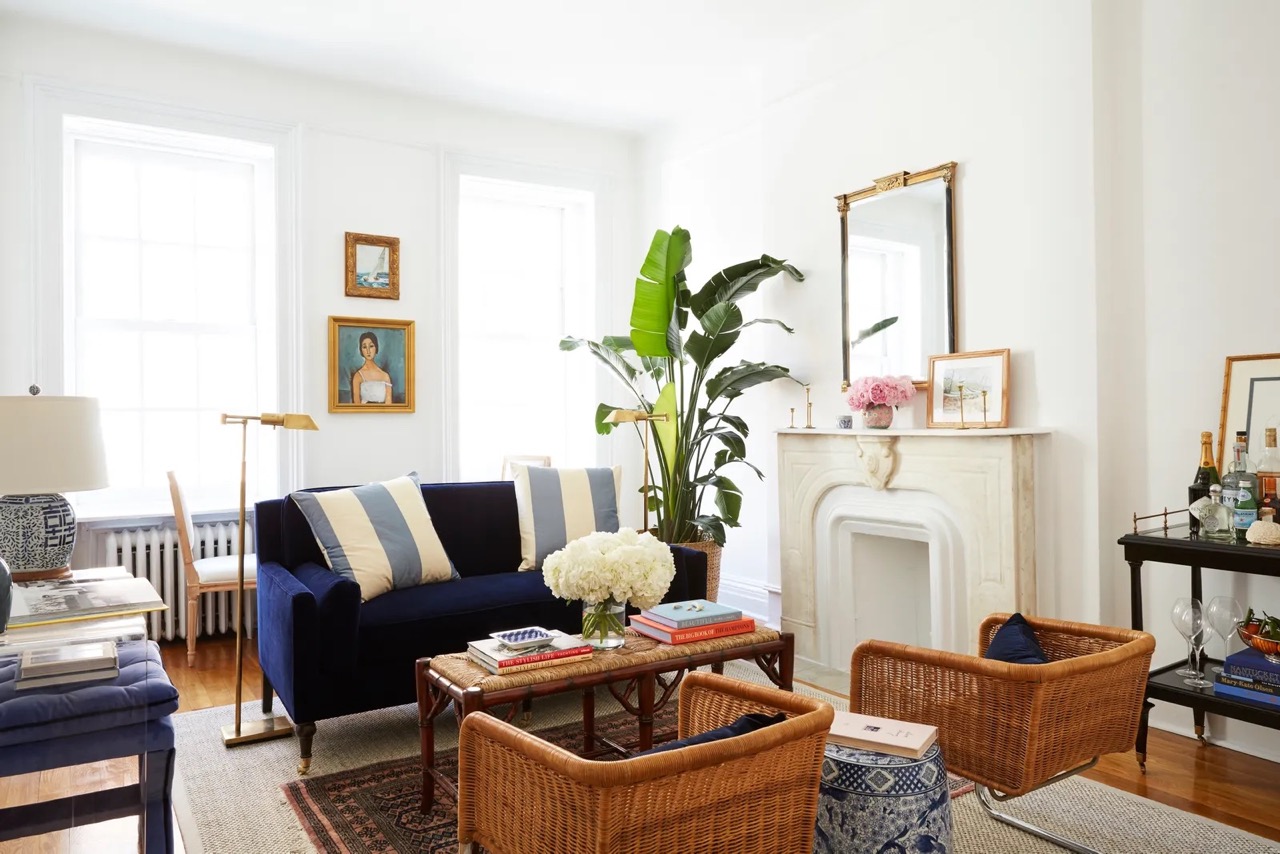
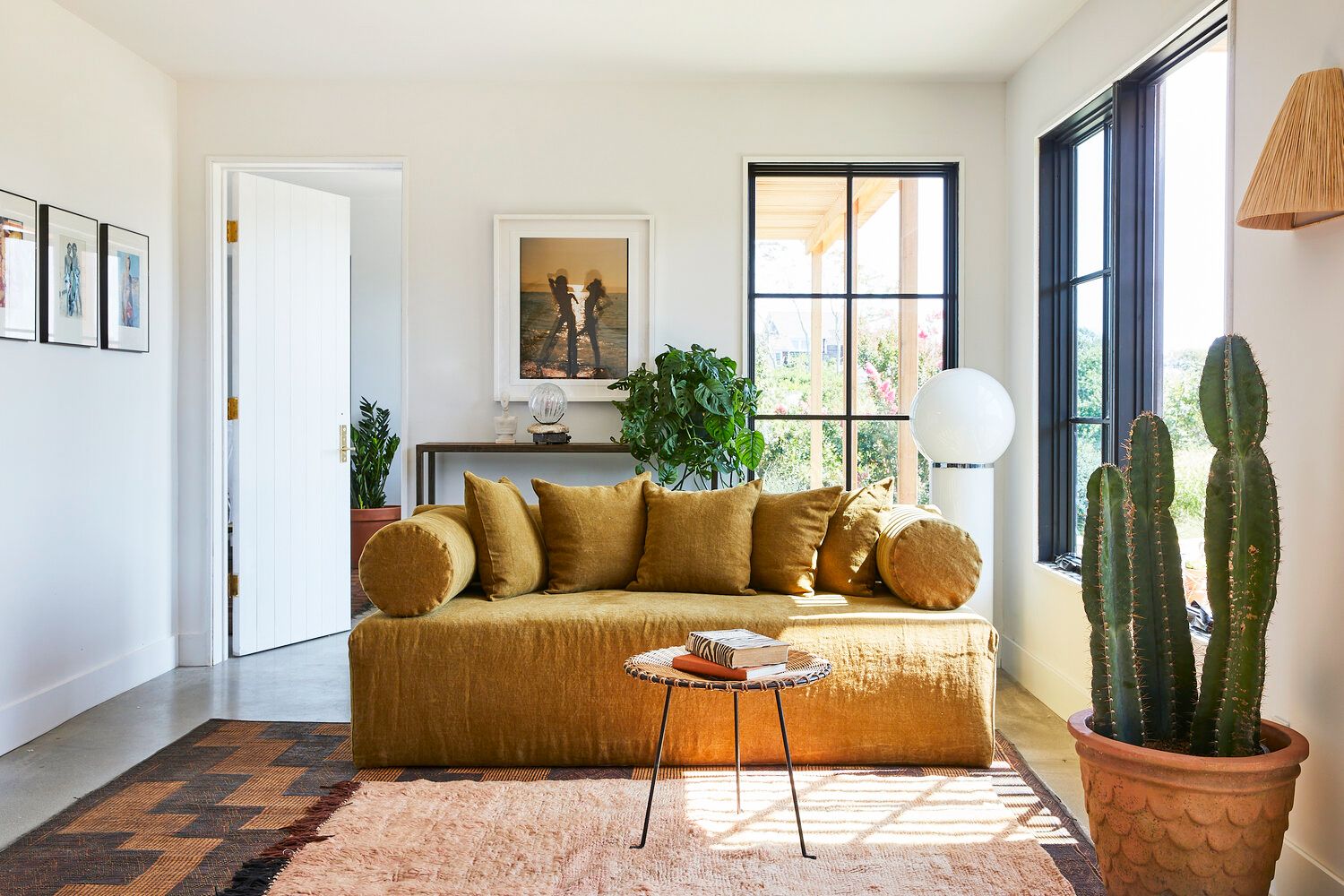
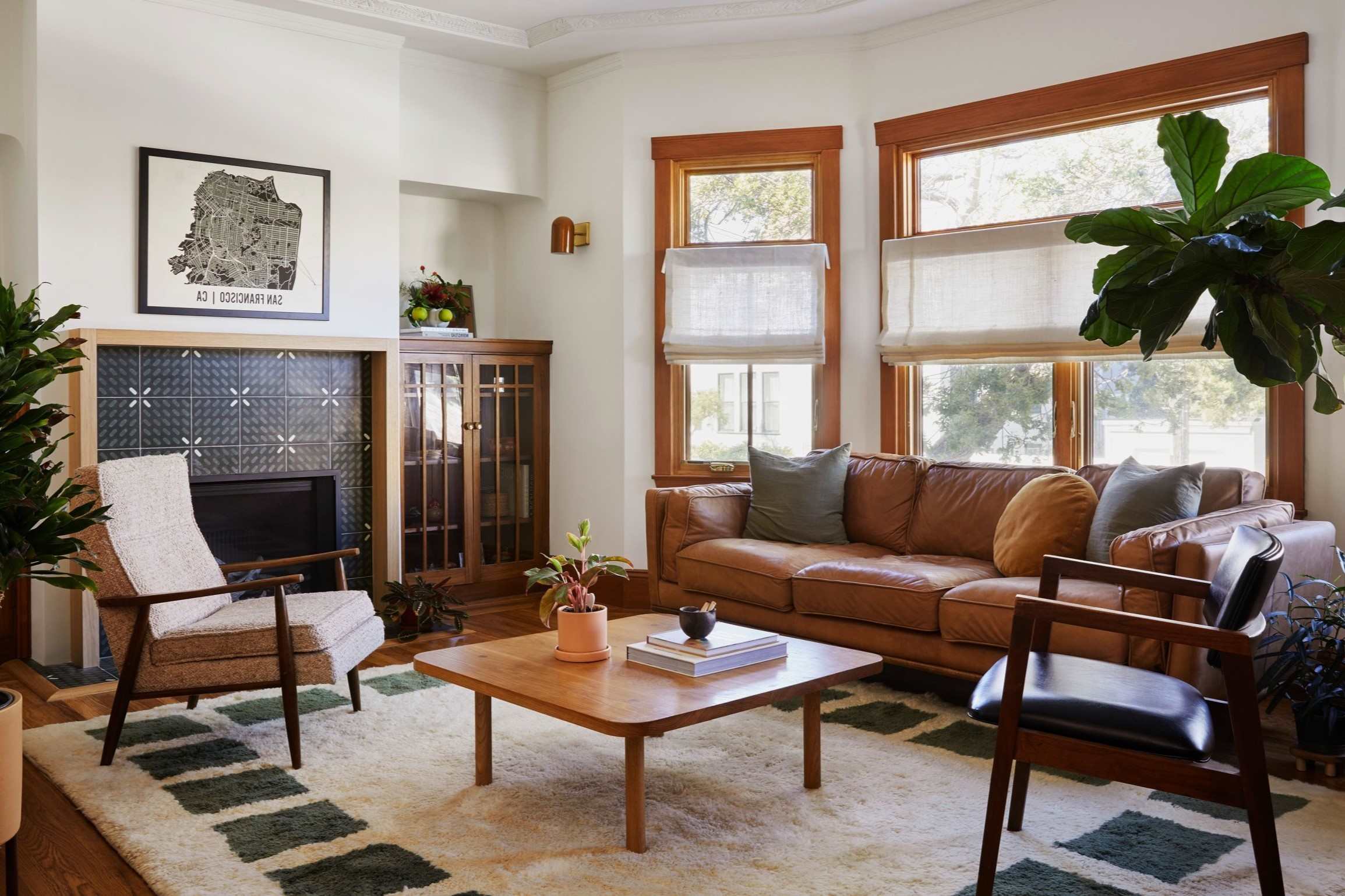
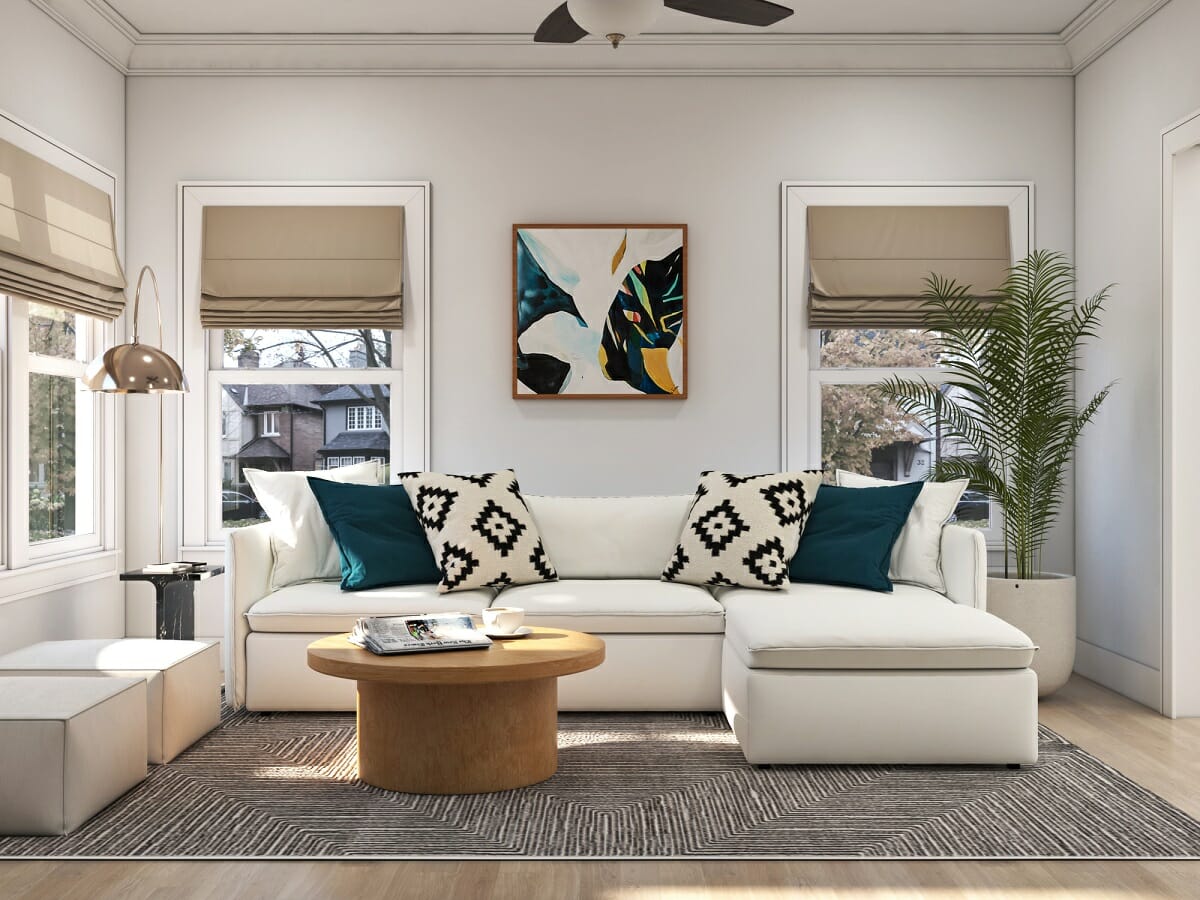
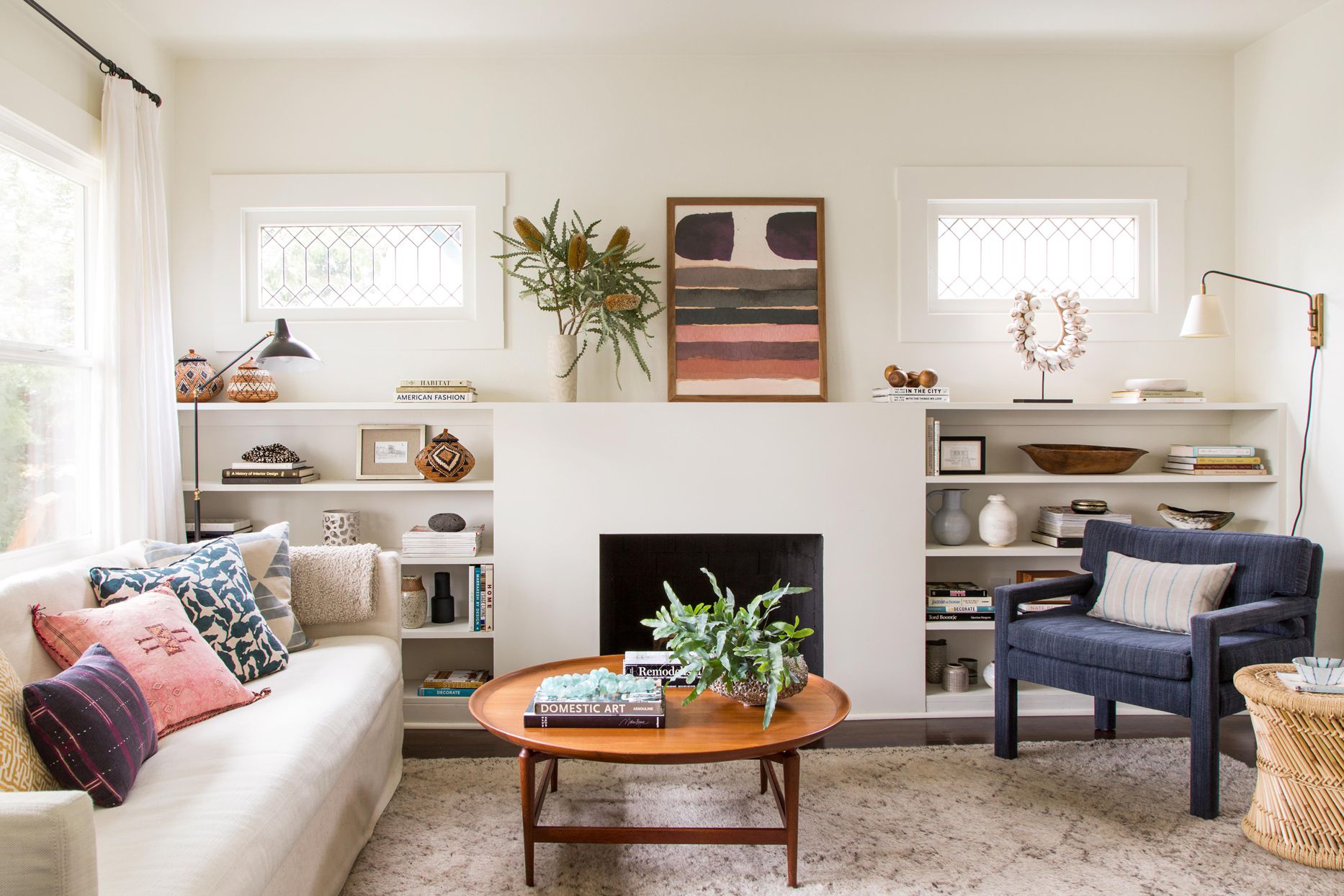
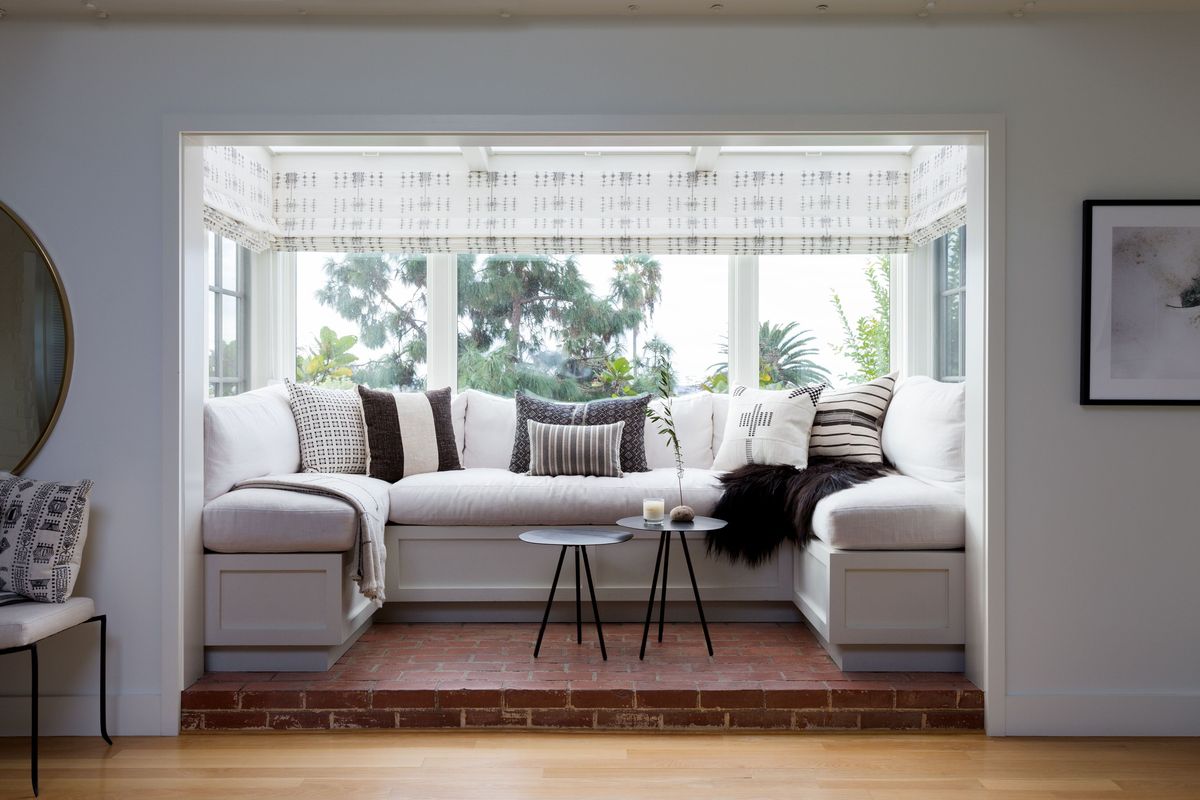
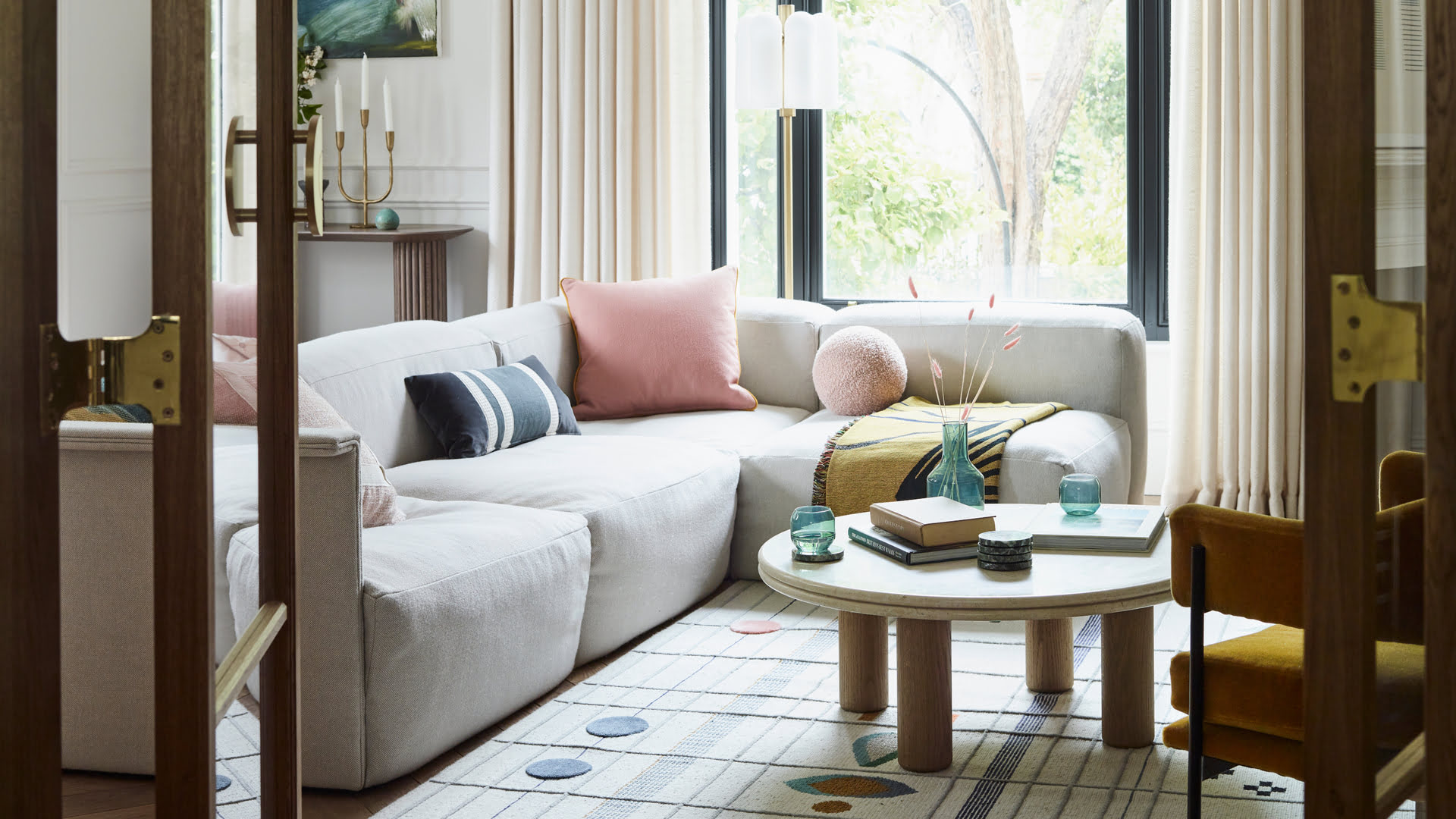
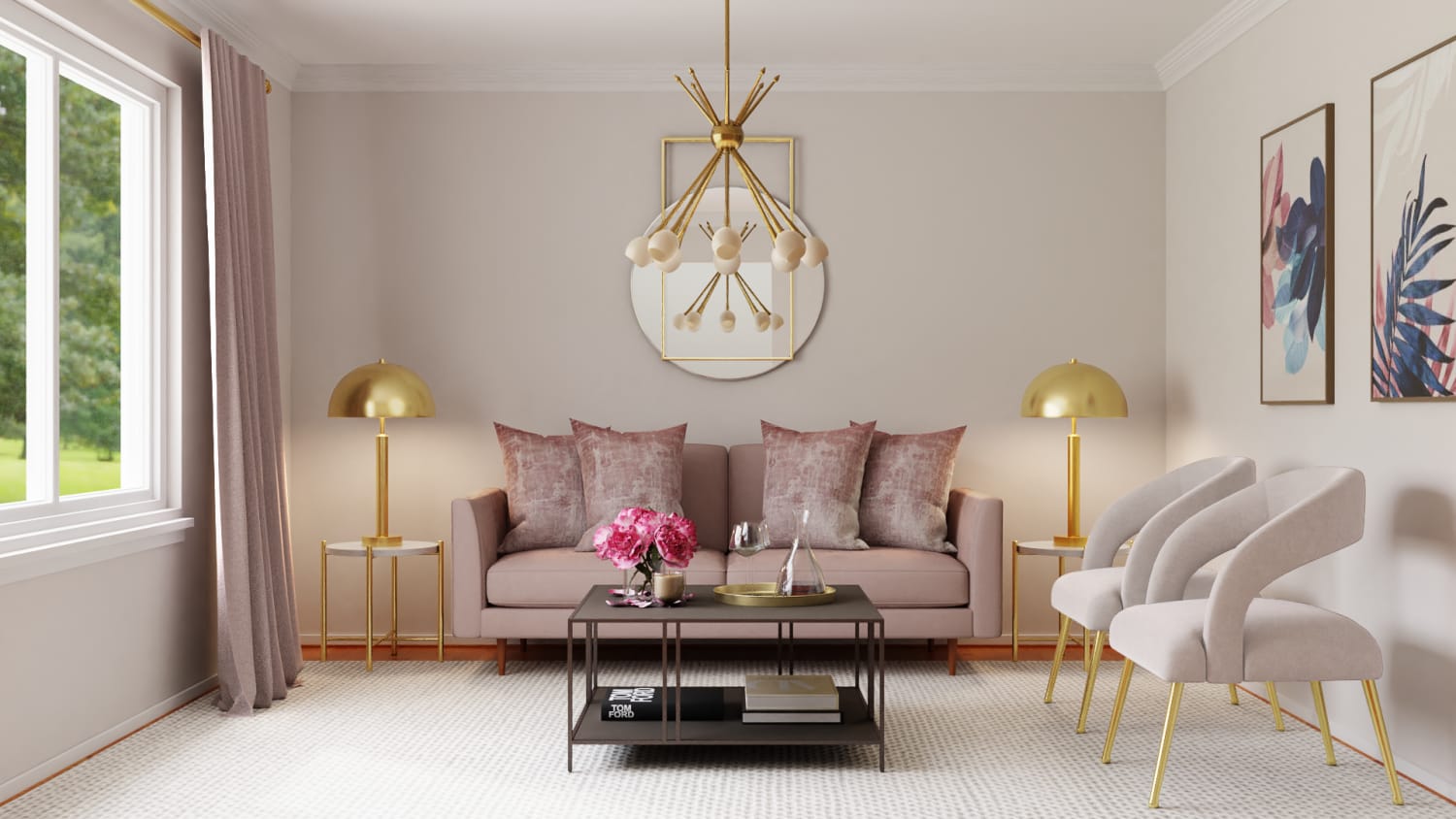
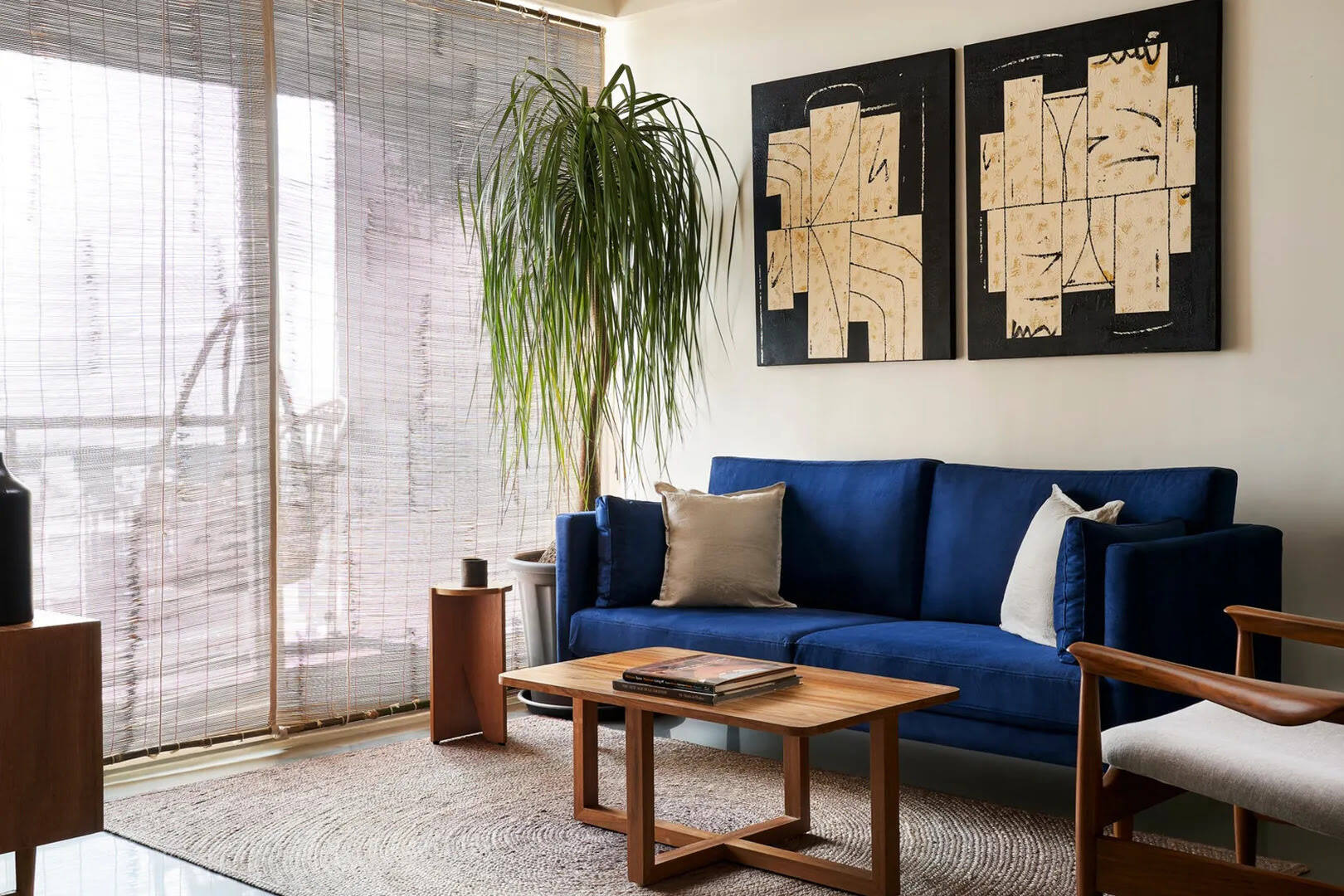

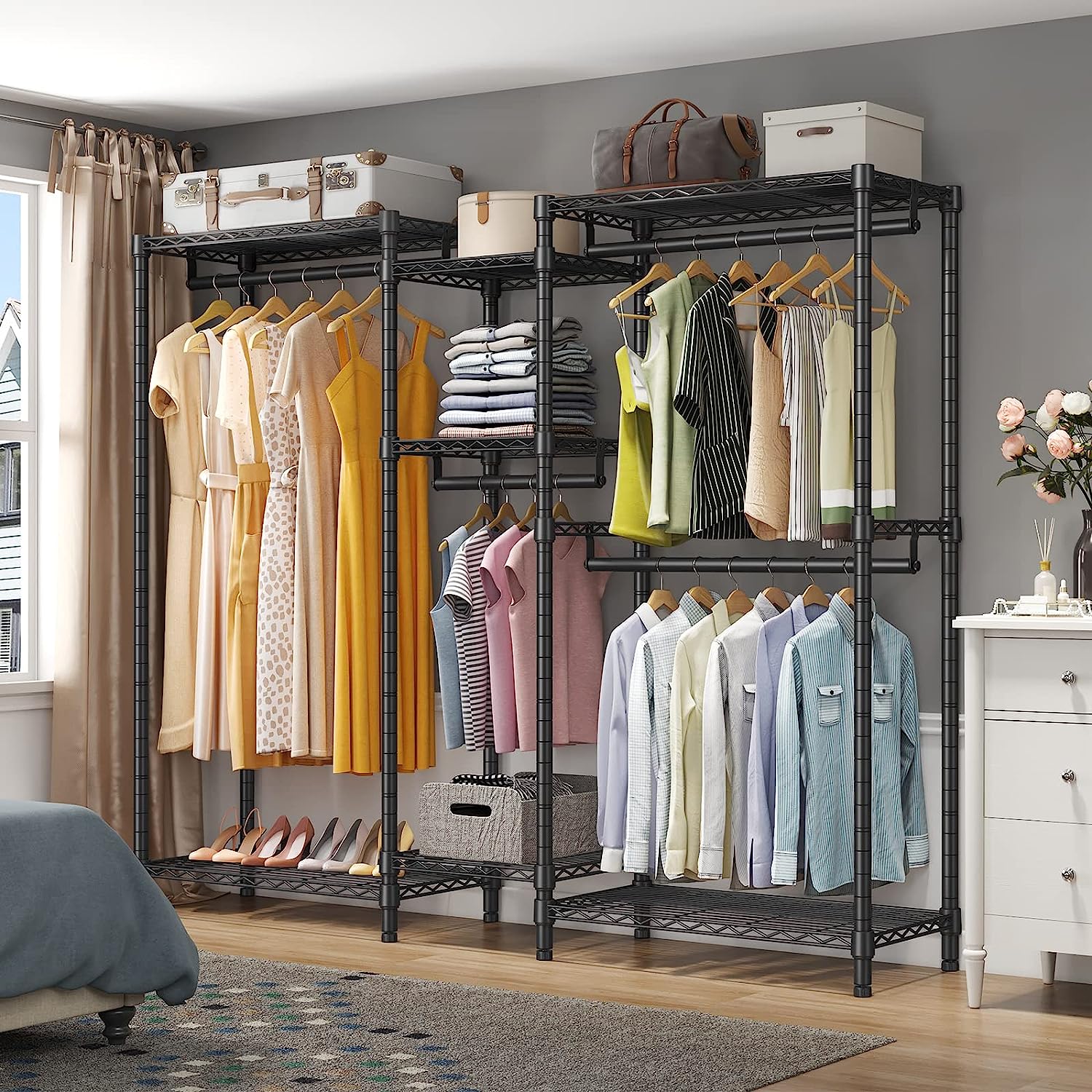
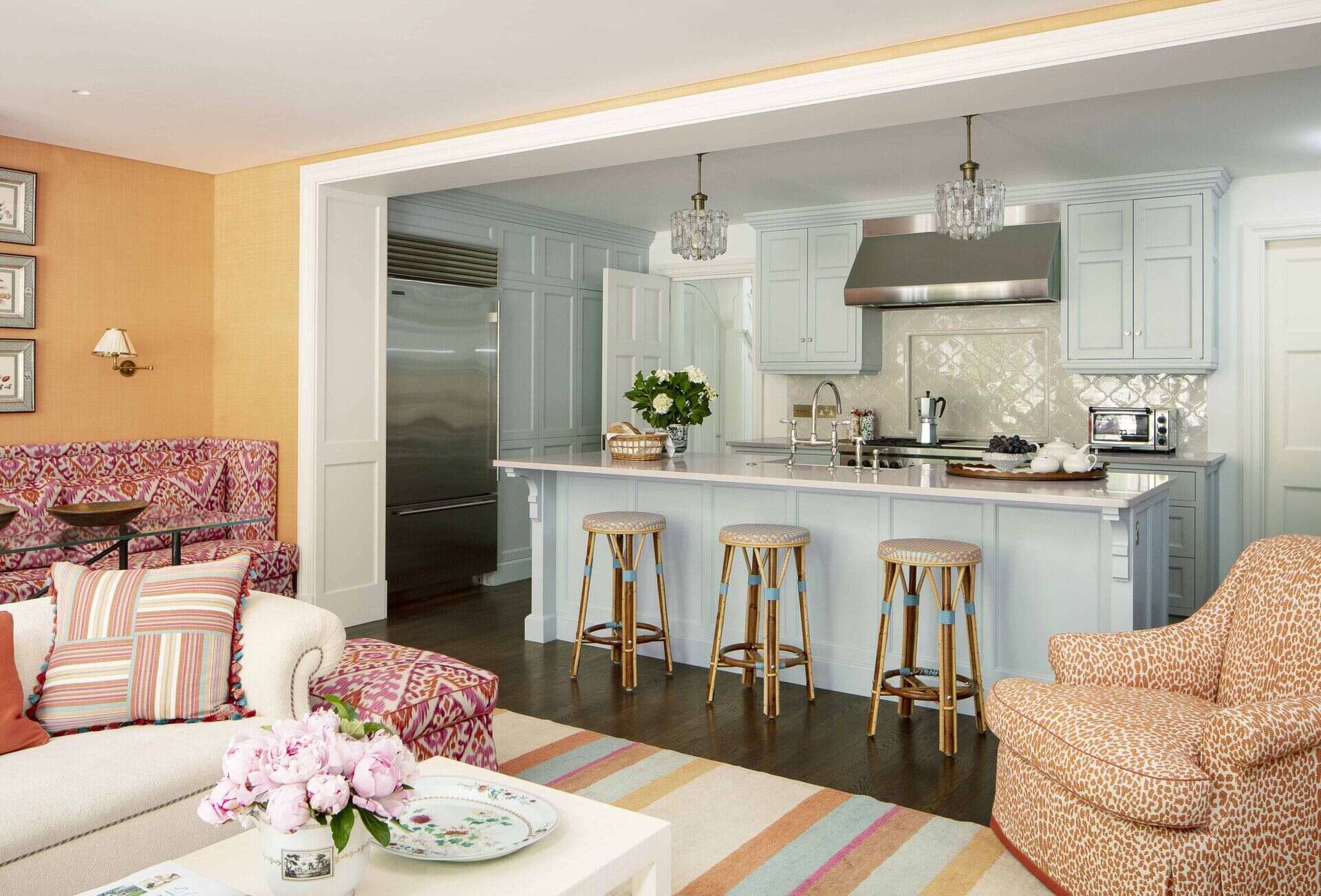
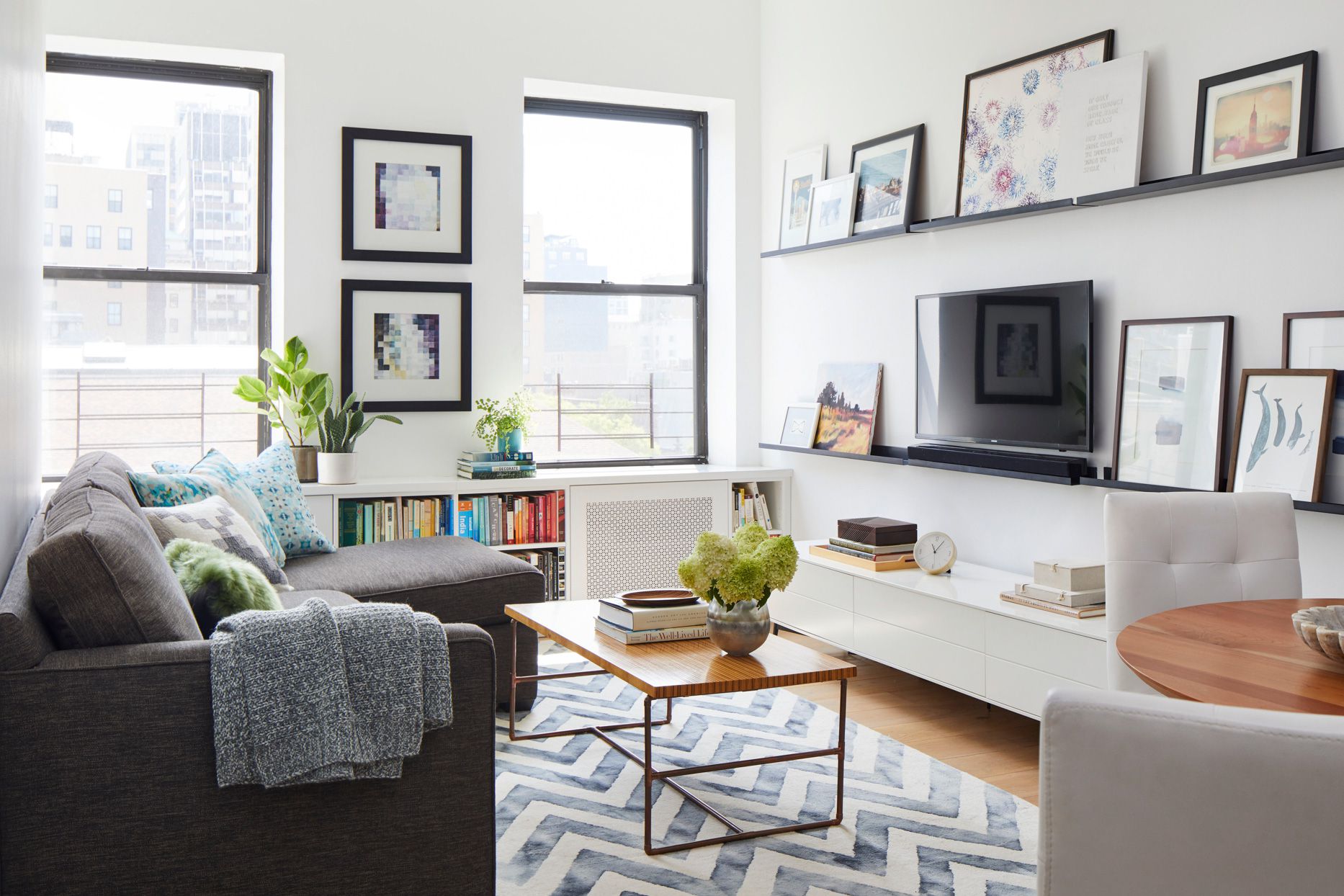

0 thoughts on “How To Maximize Seating In A Small Living Room”